If you add some tracing into your code:
#include <stdio.h>
#include <iostream>
using namespace std;
int mat[1000][1000];
int n,m;
int ud[]={1,0,-1,0};
int lr[]={0,1,0,-1};
void fl(int x,int y, int depth)
{
if(x<=0||x>n||y<=0||y>m||mat[x][y]) {
return;
}
std::cout << x << ", " << y << " (" << depth << ")\n";
mat[x][y]=1;
for(int i=0;i<4;i++) {
fl(x+ud[i],y+lr[i],depth+1);
}
}
int main(int argc, char const *argv[])
{
n=9,m=9;
fl(1,1,0);
return 0;
}
And observe the behaviour:
1, 1 (0)
2, 1 (1)
3, 1 (2)
4, 1 (3)
5, 1 (4)
6, 1 (5)
7, 1 (6)
8, 1 (7)
9, 1 (8)
9, 2 (9)
9, 3 (10)
9, 4 (11)
9, 5 (12)
9, 6 (13)
9, 7 (14)
9, 8 (15)
9, 9 (16)
8, 9 (17)
7, 9 (18)
6, 9 (19)
5, 9 (20)
4, 9 (21)
3, 9 (22)
2, 9 (23)
1, 9 (24)
1, 8 (25)
2, 8 (26)
3, 8 (27)
4, 8 (28)
5, 8 (29)
6, 8 (30)
7, 8 (31)
8, 8 (32)
8, 7 (33)
7, 7 (34)
6, 7 (35)
5, 7 (36)
4, 7 (37)
3, 7 (38)
2, 7 (39)
1, 7 (40)
1, 6 (41)
2, 6 (42)
3, 6 (43)
4, 6 (44)
5, 6 (45)
6, 6 (46)
7, 6 (47)
8, 6 (48)
8, 5 (49)
7, 5 (50)
6, 5 (51)
5, 5 (52)
4, 5 (53)
3, 5 (54)
2, 5 (55)
1, 5 (56)
1, 4 (57)
2, 4 (58)
3, 4 (59)
4, 4 (60)
5, 4 (61)
6, 4 (62)
7, 4 (63)
8, 4 (64)
8, 3 (65)
7, 3 (66)
6, 3 (67)
5, 3 (68)
4, 3 (69)
3, 3 (70)
2, 3 (71)
1, 3 (72)
1, 2 (73)
2, 2 (74)
3, 2 (75)
4, 2 (76)
5, 2 (77)
6, 2 (78)
7, 2 (79)
8, 2 (80)
You will notice that it follows a snake-like pattern, while continuously getting deeper and deeper into recursion.

This was with 9x9 grid, imagine how deep it goes with 600x600.
What happens is you overflow the stack, and your program crashes.
